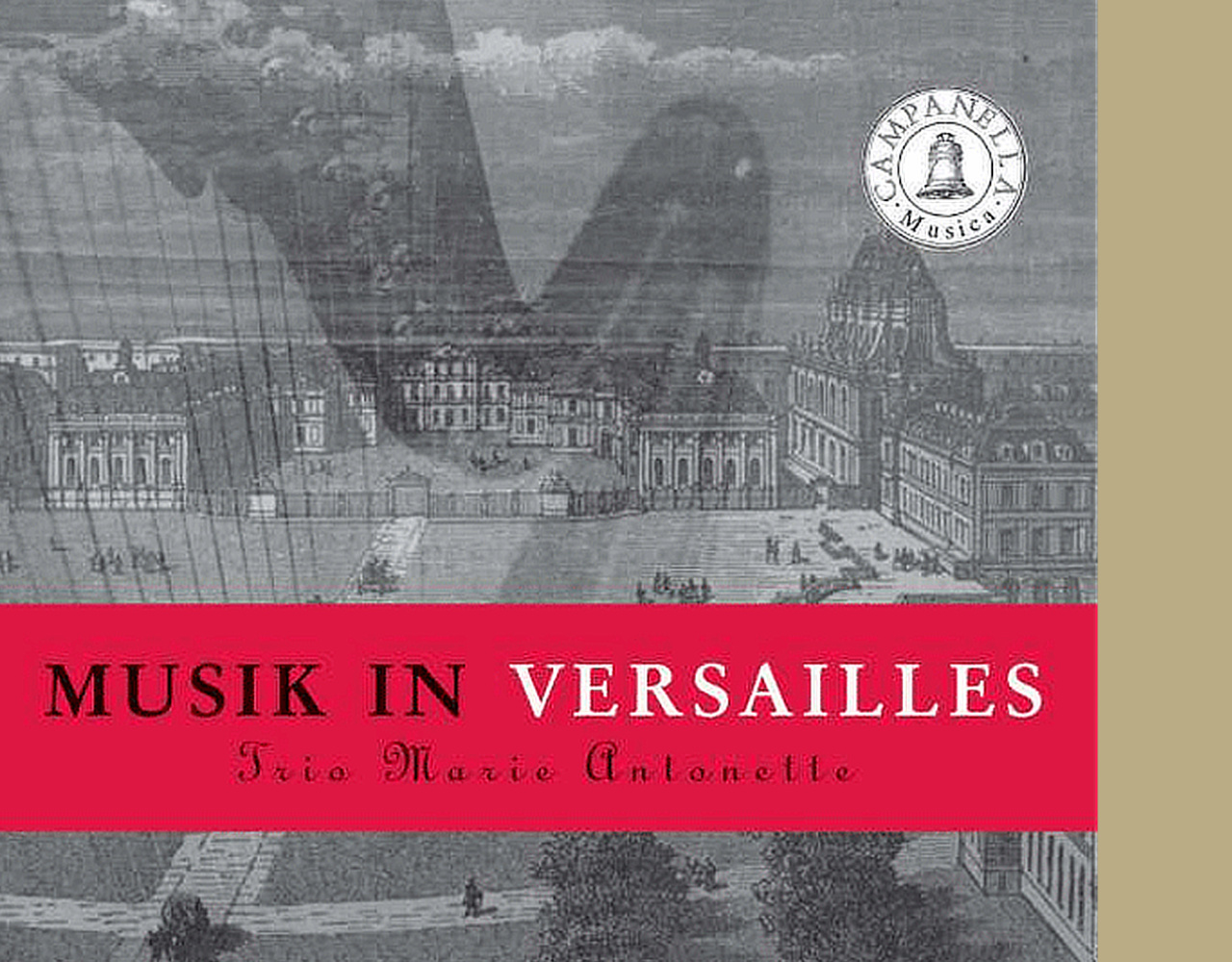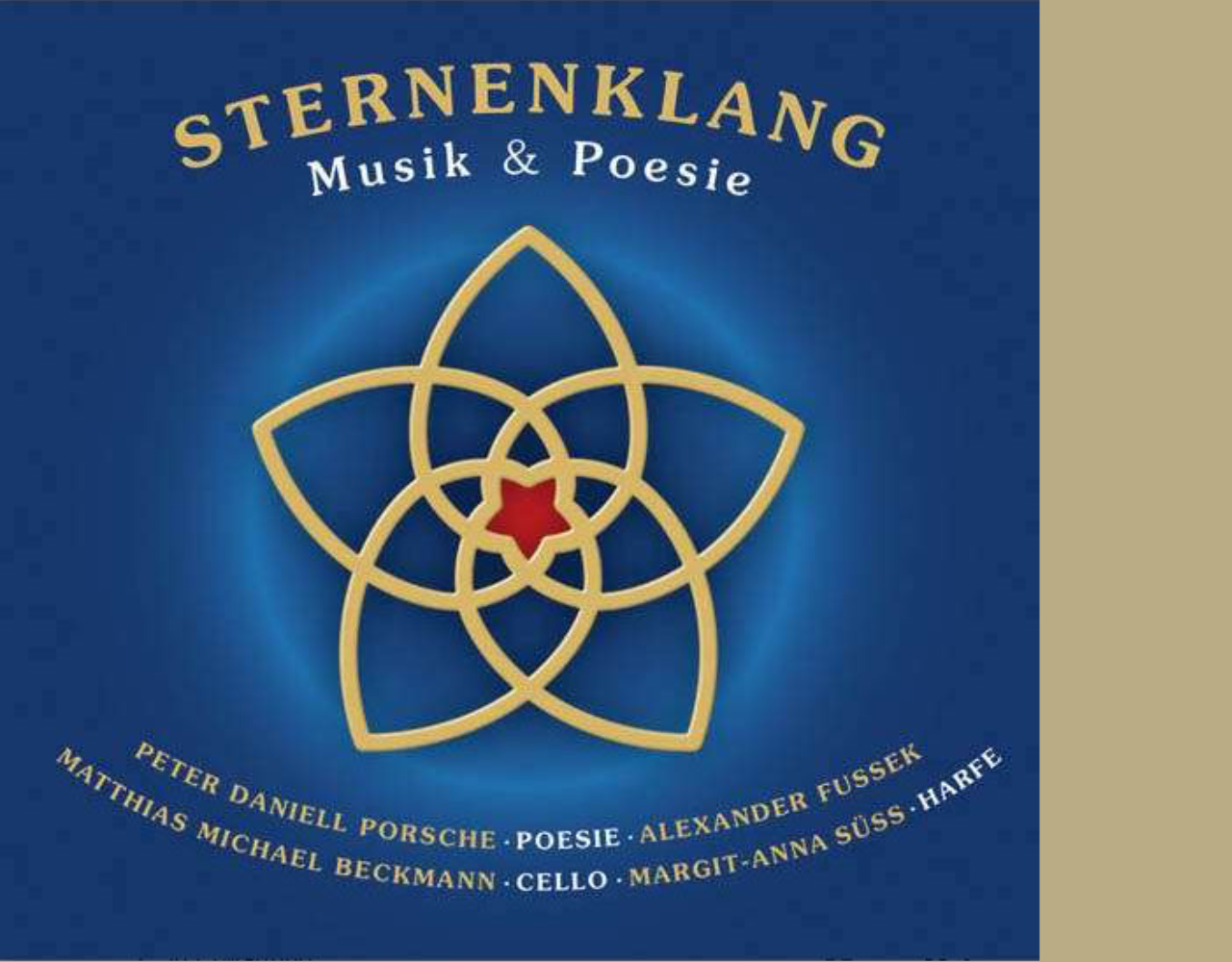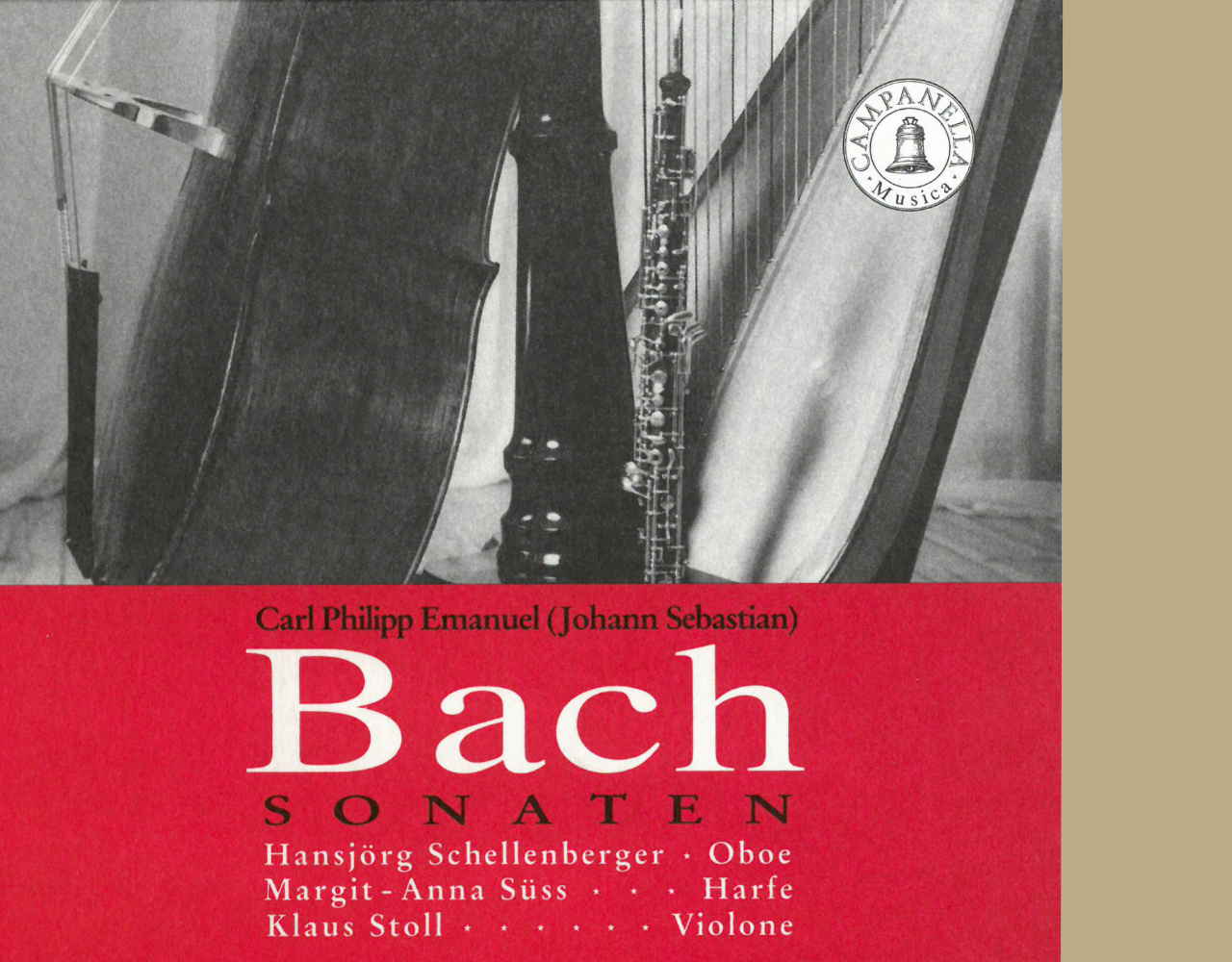
Musique à Versailles
13. February 2022
Sternenklang I
9. February 2022Father or Son? Sonatas by Bach
Well into the 18th century it was perfectly usual, if not universal, for flautists to be equally competent on the oboe and vice verse, at least if they were professional orchestral players. It was of course not necessary for an individual such as the King Frederick II of Prussia (“Frederick the Great”) to concern himself with both instruments; his composers could limit themselves to writing for the flute, the king’s favourite instrument. This is why Johann Sebastian Bach’s son Carl Philipp Emanuel Bach, while employed at the court of “old Fritz”, wrote a great deal for the flute including the demanding solo in A minor, though there was no reason why this piece would not suit the oboe equally well. In view of the fact that Carl Philipp Emanuel Bach also composed the solo sonata for harp recorded here, it is perfectly admissible to replace the usual continuo group by a more ambitious set of instruments, and here we have harp instead of harpsichord and violone replacing cello – with very special and delightful results.
The question of authenticity which may be raised by the occasional connoisseur or music-lover is soon dealt with. In the first place, in Bach’s time there was much more freedom to use whatever instruments were to hand, and, secondly, recent research has shown that the three flute sonatas known as BWV 1020, 1031 and 1033 cannot be ascribed to the great Cantor at St Thomas’s himself but in all probability to his son, who did contribute many a flute piece to the court of the Prussian monarch.
The question of authenticity which may be raised by the occasional connoisseur or music-lover is soon dealt with. In the first place, in Bach’s time there was much more freedom to use whatever instruments were to hand, and, secondly, recent research has shown that the three flute sonatas known as BWV 1020, 1031 and 1033 cannot be ascribed to the great Cantor at St Thomas’s himself but in all probability to his son, who did contribute many a flute piece to the court of the Prussian monarch.
Further information
Tracklisting
Johann Sebastian Bach (attributed)
Sonate for flute and basso continuo in C major BWV 1033
01 1. Andante – Presto
02 2. Allegro
03 3. Adagio
04 4. Menuett I und II
Carl Philipp Emanuel Bach (1714-1788)
Sonata for harp in G major Wq 139 (H 563)
05 1. Adagio un poco
06 2. Allegro
07 3. Allegro
Carl Philipp Emanuel Bach
Sonata for oboe and basso continuo in g minor Wq 135 (H 549)
08 1. Adagio
09 2. Allegro
10 3. Vivace
Johann Sebastian Bach (attributed)
Sonata for flute and harpsichord in E flat major BWV 1031
11 1. Allegro moderato
12 2. Siciliana
13 3. Allegro
Carl Philipp Emanuel Bach
Sonata for flute solo in a minor Wq 132 (H 562)
14 1. Poco Adagio
15 2. Allegro
16 3. Allegro
Johann Sebastian Bach (attributed)
Sonata for violin and basso continuo in g minor BWV 1020
17 1. Allegro
18 2. Adagio
19 3. Allegro
TT 63:51
Artists
Hansjörg Schellenberger, oboe
Margit-Anna Süß, harp
Klaus Stoll, violone

